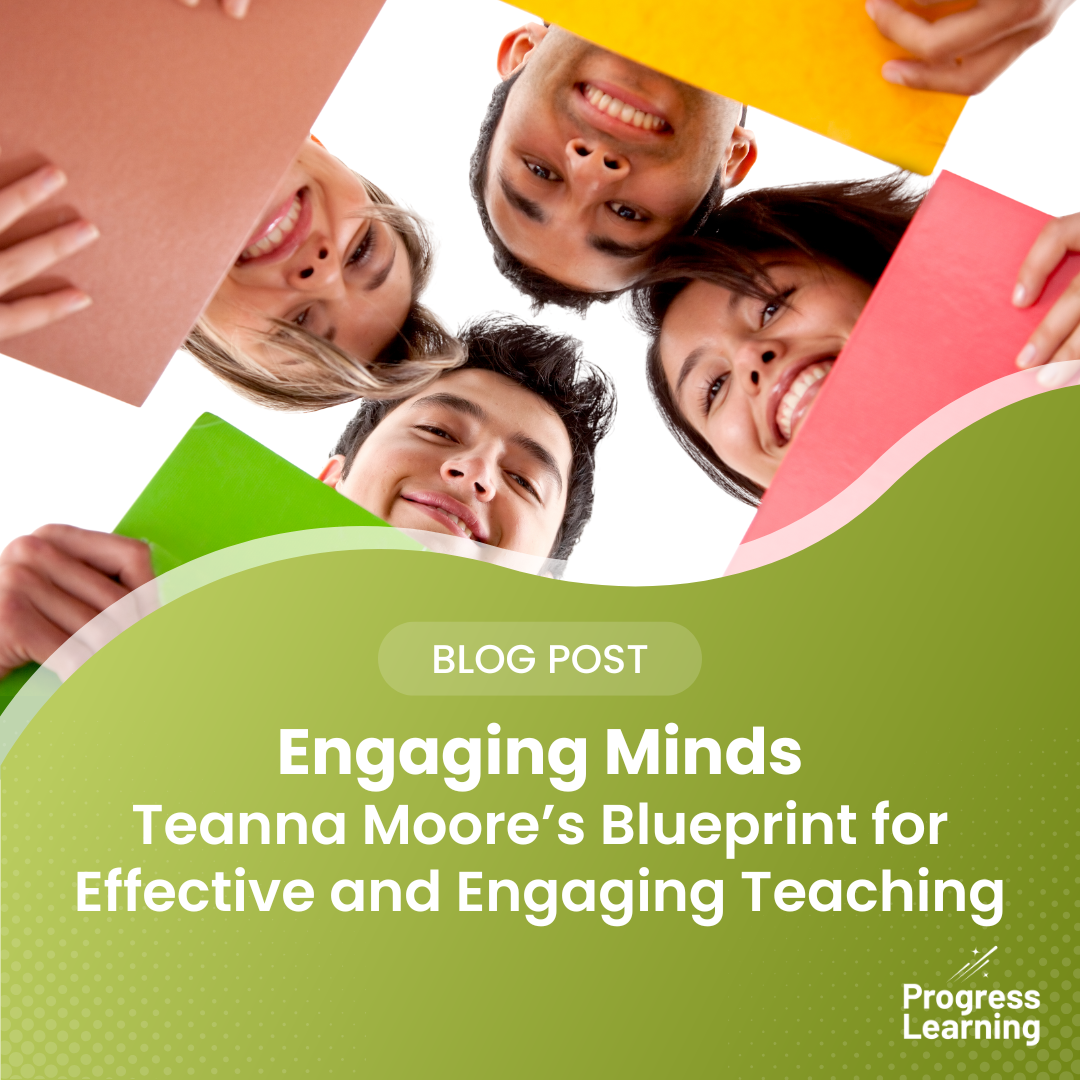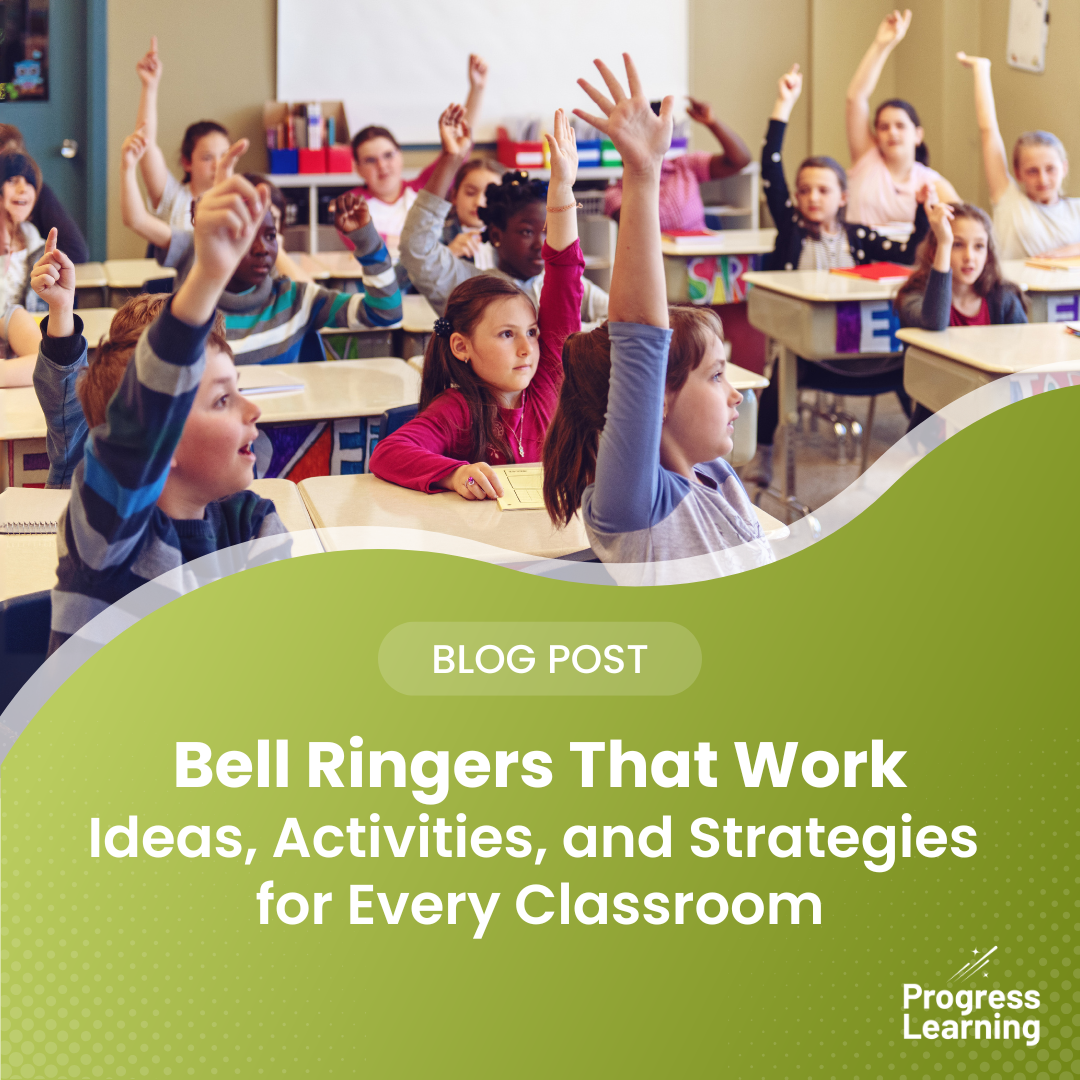Key Practices for Designing a Literacy Block Aligned to the Science of Reading
Written by Marisa Curtis. Marisa Curtis is the Reading Academy Comprehensive Cohort Leader for Crandall ISD in Texas where she works on staff development, coaching and curriculum. She is a 2 time teacher of the year who brings 20 years of education experience, a Masters in Curriculum & Instruction, and a passion for growing great readers to the school.
The Science of Reading isn’t just a trend; it’s a research-backed methodology that revolutionizes how children learn to read and comprehend. As many classrooms move from a balanced literacy approach to a structured literacy approach through the Science of Reading, it is important to understand the components of the literacy block that result in alignment to this methodology. From phonemic awareness activities that direct students’ ears to the nuances of language to systematic phonics instruction that forms the foundation of decoding and encoding skills, every moment in the literacy block is purposeful and impactful. We will explore several key practices that align the literacy block to the Science of Reading.
Explicit & Systematic Phonological Awareness and Phonics Instruction
By focusing on phonological awareness and phonics explicitly and systematically, educators can provide students with the foundational skills necessary for successful reading. Explicit & systematic instruction is the direct and clear teaching of concepts sequenced from simple to complex. During the literacy block, phonological awareness and phonics instruction includes:
- Use of the gradual release model
- Multimodal responses (auditory, visual, tactile, kinesthetic)
- Hands on manipulatives when appropriate (fingers, counters, Elkonin boxes)
- Brisk pacing
- Opportunities to check for understanding
Skills Application Through a Transfer to Text
The process of applying the reading skills and strategies students have learned in isolated practice to actual reading situations involving connected text is referred to as a “transfer to text.” Connected text is a collection of sentences related to each other. Unlike isolated words or individual sentences, connected text provides context and application of explicitly taught skills. Implementing a “transfer to text” during the literacy block may include:
- Shared reading of text
- The use of decodable text
- Guided practice of transfer to text during small group instruction
Opportunities to Model and Practice Vocabulary, Comprehension, and Fluency Skills
Although The Science of Reading has brought critical attention to phonics instruction, it has also impacted instruction in vocabulary, comprehension, and fluency skills. In the elementary literacy block, explicit vocabulary, fluent reading, and comprehension instruction are fundamental components that support students’ journeys to becoming independent readers and meaning makers. Instruction during the literacy block includes:
- Implementing an explicit routine for introducing new vocabulary
- Providing word-level instruction before, during, and after reading texts
- Modeling the use of metacognitive processes by thinking aloud during read-alouds or shared reading
- Allowing students to hear fluent reading
- Allowing students to practice fluent reading using decodable or repetitive text
Opportunities to Respond to Text Through Oral Language or Writing
When students articulate their thoughts, whether through speaking or writing, they process and analyze the text more deeply. Responding during and after reading is critical to the comprehension process. It allows students to make meaning of information that they have heard or read. Consider the following key practices during the literacy block:
- Plan opportunities to turn and talk or think-pair-share
- Utilize sentence stems for accountable talk
- Model response to text through written and oral language
- Allow young learners to reenact text to retell
- Allow emergent writers to illustrate as a response
Differentiation Through Small Group
In order to align instruction to the Science of Reading, teachers must ensure that they meet the diverse needs of all students. By recognizing that each student has unique strengths, challenges, and learning styles, differentiation allows appropriate levels of scaffolded support. Small group instruction during the literacy block provides a structured time to group students by skill-based needs and deliver differentiated and explicit instruction. Small group instruction consists of:
- Utilizing data to identify targeted areas for growth
- Designing explicit and systematic lessons that follow the gradual release model
- Providing a transfer to text when applicable
- Providing affirming and corrective feedback
- Coaching the guided practice of decoding and encoding
The Science of Reading has led to more effective, research-based instructional practices that improve early literacy outcomes. As educators, our commitment to the Science of Reading not only enhances our teaching methods but also empowers our students to become confident, capable readers. A well-designed literacy block, aligned to the Science of Reading, provides a comprehensive daily structure for these practices.


